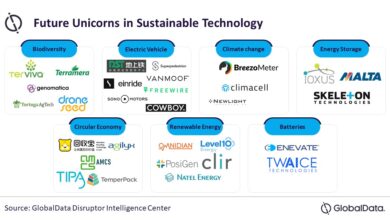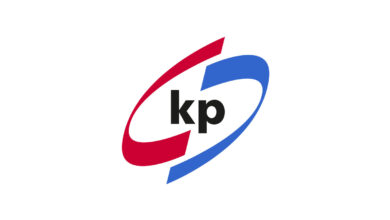
The SFDR regulation mandates financial services companies to practice transparent communication and classify their funds based on their sustainability level. Following its implementation, AXA Climate conducted a survey to assess the compliance progress of Private Equity funds with these new rules and is now releasing an initial progress report.
Between December 2022 and January 2023, AXA Climate questioned 15 Private Equity management companies representing 24 Article 9 qualified funds. Over 50% of these funds were launched after March 2021, or are currently in the process of being launched.
The study aims to examine the extent to which Private Equity funds are adhering to the SFDR (Sustainable Finance Disclosure Regulation) and its impact on their ability to categorize a fund as either Article 9 or Article 8. Article 9 funds are those with a clearly defined sustainable investment objective, while Article 8 funds promote ESG characteristics without a specific sustainable investment goal. By analyzing the compliance levels of Private Equity firms with the SFDR, this study seeks to shed light on the implications of their investment strategies for achieving the “Dark Green” or “Light Green” investment objectives under the regulation.
Two-thirds of Article 9 funds are also impact funds
Out of the 24 funds included in the survey, 15 qualify as “impact funds”. “This over-representation representation is not a surprse.” explains Rafaella Scheer, Sustainable Finance Lead at AXA Climate. “Impact funds typically exhibit a high degree of investment intentionality, which aligns with the sustainable investment objective of Article 9. Furthermore, these funds typically have established systems and tools for tracking relevant indicators, which facilitates compliance with the obligations imposed by Article 9”.
Of the 9 funds that are not impact funds, 7 aim to decarbonize or invest in low-carbon technologies.
These 15 impact funds index their carried interest with their sustainability indicators, whereas only 3 out of the 9 non-impact funds follow this practice. Linking carried interest to sustainable investment objectives needs strong governance to ensure the proper choice of indicators during the pre-investment phase, as well as effective monitoring of these indicators. The surveyed funds index between 10% and 50% of their carried interest. It’s important to note that linking carried interest to sustainable investment objectives is not mandatory under the SFDR, but it is increasingly being adopted by a growing number of players in the field.
Out of the 15 management companies surveyed, 14 declared a lack of alignment with the European Taxonomy. According to Rafaella Scheer “this outcome highlights the challenge that Private Equity faces in comprehending the European Taxonomy, which is not particularly tailored to the unique characteristics of this industry”. To comply with pre-contractual communication requirements, funds must disclose the extent of their alignment with the European Taxonomy, even if it is zero, and regularly report on their progress. Failure to meet the declared alignment percentage could result in a breach of contractual obligations. However, in its February 2022 position paper, the Financial Markets Authority (AMF) has called for the establishment of minimum criteria for Article 9 qualification by the European Union, with particular emphasis on alignment with the Taxonomy. As a result, managers must remain vigilant and anticipate potential future regulatory developments.
According to Rafaella Scheer, there are still some areas of uncertainty in the SFDR regulation that are expected to be clarified in 2023. Additionally, the interpretation of the regulation may vary among asset managers. To address this, it’s advisable for Private Equity firms to prioritize transparency by publishing their methodologies, credibility by offering only devices they believe in and can justify, and agility by remaining prepared to adapt if regulations become more structured and require changes to current practices.”







